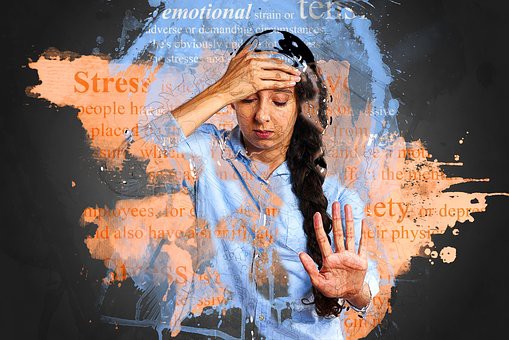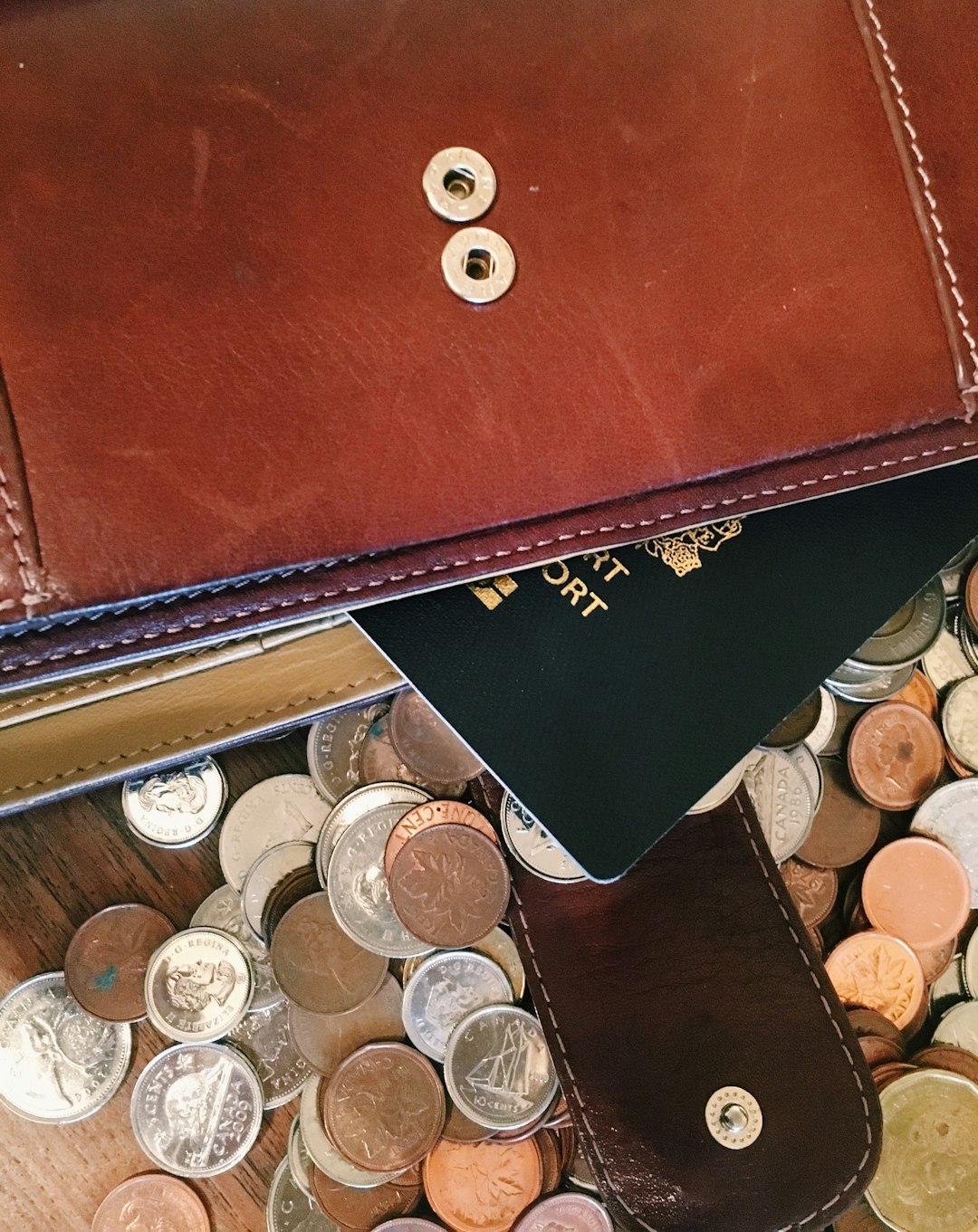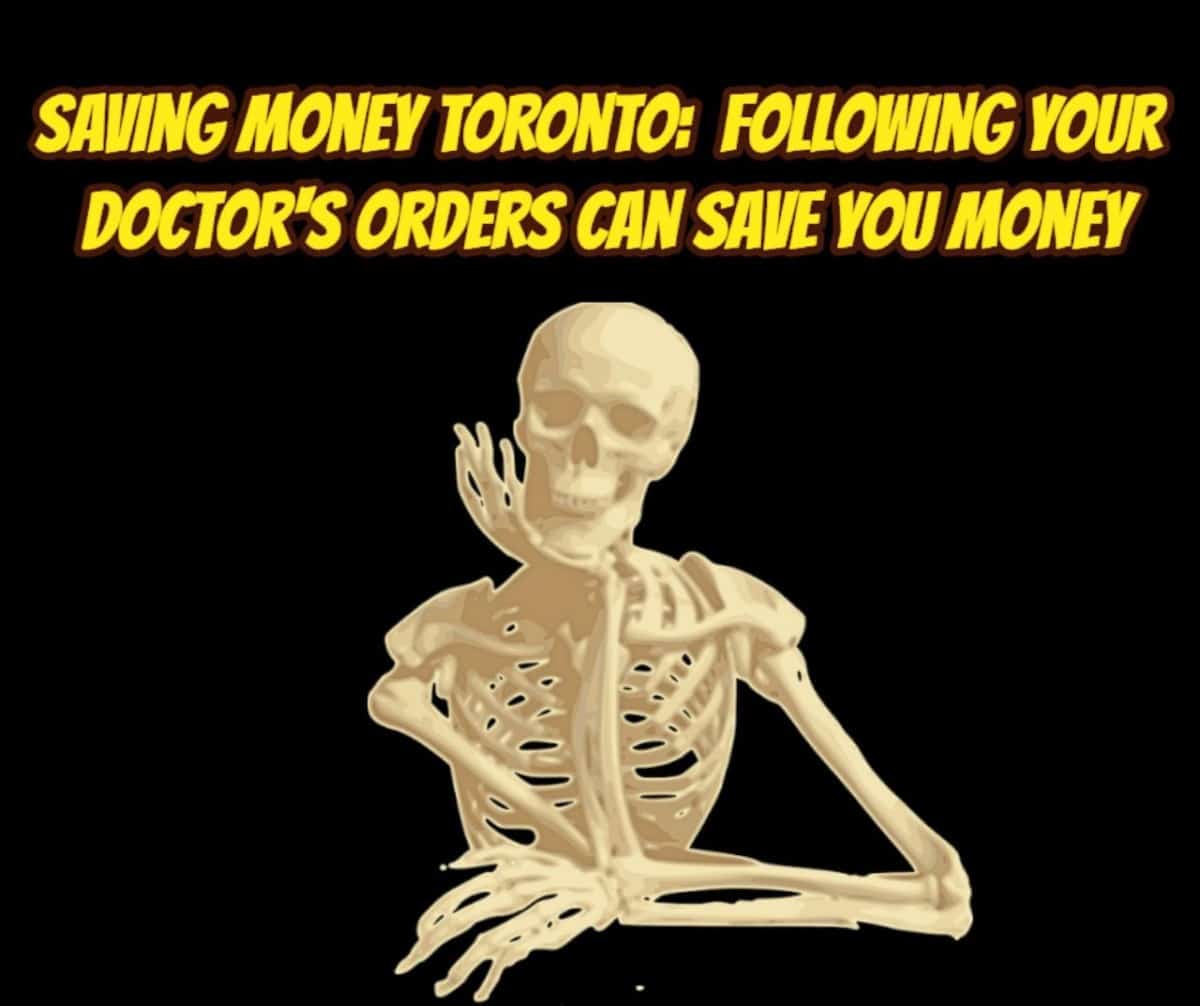
Consumer proposal in Canada: Introduction
In this vlog, I try to provide answers to the most asked questions about a consumer proposal in Canada (the Proposal, the Plan or CP). A Proposal is an official method controlled by the Bankruptcy and Insolvency Act (BIA) readily available to people.
Consumer proposal in Canada: Collaborating with the trustee
Collaborating with a licensed insolvency trustee (LIT) serving as administrator of your Plan you make an offer to:
- pay your creditors part of the total you owe them over a specific duration;
- expand the length of time you need to repay that part of your financial debts; and
- stay clear of bankruptcy
Consumer proposal in Canada: The consumer proposal payments
Payments are made with the LIT. The LIT uses that cash to pay each of your creditors their in a proportionate share based on the proven claims filed by them with the LIT. The financial obligations need to be repaid through the CP within 5 years.
Consumer proposal in Canada: Who qualifies?
You need to be a person and not a corporation. Your overall financial debts need to not surpass $250,000. This limit doesn’t include debts from a home loan, mortgage or credit line supported by your primary house.
You need to likewise satisfy the insolvency requirements. This implies that:
- your financial debts value is above the value of your possessions;
- if you sold off your assets you wouldn’t adequate funds to repay your financial obligations completely;
- you are having difficulty making a complete settlement on every one of your financial obligations monthly
Making just the minimal month-to-month payments as disclosed on your credit card or loan statements do not count as repaying your financial debts.
Consumer proposal in Canada: What is the price of a consumer proposal?
Your Plan payments also cover the fee for the Proposal. There are no different costs either for:
- submitting a Plan; or
- charges paid to the LIT to administer your CP
Consumer proposal in Canada: How long will my consumer proposal take?
A Plan could last for no more than 5 years. You could reduce the term either by boosting the amount of your month-to-month repayment or by providing a round figure repayment all at once. The one-time repayment makes sense if you can get an adequate loan from either a financial institution or family member.
Consumer proposal in Canada: What are the steps of a consumer proposal?
A CP permits you to pay all or part of your unsecured debt in regular monthly amounts over time. The maximum length of time is 5 years.
In drafting your Plan, the LIT must make sure that your consumer proposal provides a better result for your creditors than in your bankruptcy.
The normal steps are:
- A LIT will consult with you and develop a Plan that you both think will work for both you as well as serve the needs of your financial institutions and others you owe money to
- The LIT administering your CP will send the Proposal to the Office of the Superintendent of Bankruptcy
- The LIT will mail out the CP to your creditors who then have 45 days to approve or deny it
- The creditors can approve or deny your Plan at a meeting of creditors.
Typically, in a CP in Canada, there is no need to hold a meeting.
Consumer proposal in Canada: Can a consumer proposal eliminate debt collectors and avoid my income from being seized?
Yes, as soon as the filing of a Plan happens, all creditor seizure activities stop. However, it does not stop family law payments under a proper settlement agreement or court order.
Consumer proposal in Canada: In a consumer proposal will I hand over my home and my auto?
KEEP IN MIND: If you were to surrender your secured properties after declaring your Proposal, you will not be relieved from any type of financial debt shortfall since it happened after the declaring of your consumer proposal.
Make certain that if you are offering up secured assets, wait until they have started their enforcement and are claiming any shortfall against you BEFORE you give your CP.
Normally lenders who register a mortgage or other security for a loan are outside the Plan process. It is the equity you have in your residence or car that must be considered when you and the LIT first sit down to work out a budget. This will affect the type of offer you are going to make.
If you have enough income to keep paying the mortgage against your home and/or your auto loan and you wish to keep the assets, you can do so. Again, your equity must be considered in the offer you make to your creditors. Your income and expenses must be reviewed to make sure you can afford all these expenses plus the monthly payment under your Proposal.
Consumer proposal in Canada: Will I need to surrender my charge cards?
Generally, you should be ready to offer every one of your charge cards to the LIT and you will not be able to ask for a brand-new charge card until after your Plan is finished. You nevertheless can make use of a guaranteed/secured credit card throughout this CP process.
Consumer proposal in Canada: If I miss out on repayment will I automatically become bankrupt?
We highly recommend you to make your repayments consistently and on time. If you drop 3 behind, your consumer proposal will certainly finish. If that were to happen, you will no longer have protection from your creditors and their collection efforts. However, you will not automatically become bankrupt if you default on your Proposal.
Consumer proposal in Canada: What should I do if I have excessive financial debt?
If you’re thinking about a debt settlement program or are looking for ways to end your financial debt call Ira Smith Trustee & Receiver Inc. We understand the stress and pain your financial problems are causing you. We feel your pain and we can end it for you.
Our strategy for every single person is to develop a result where Starting Over, Starting Now comes true, starting the minute you walk through our door. You’re just one call away from taking the necessary actions to get back on the road to leading a healthy and stress-free life.












 : Introduction
: Introduction

